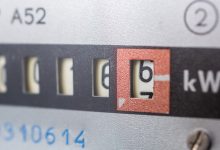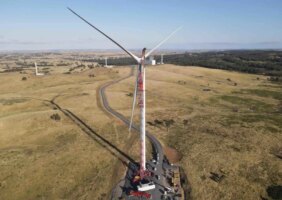The Australian Energy Market Commission has announced a review into rules that apply to smart meters, in a bid to stimulate demand that did not emerge after its last suite of reforms.
The AEMC says it has committed to undertake the review after assessing the impact of a range of reforms it introduced in 2017 that had been designed to improve competition, reduce the cost of smart meter deployments and to support the introduction of new energy products that are able to take advantage of the new technologies.
These reforms included ending an effective monopoly on metering installations that had previously been held by distribution network service providers and allowing a range of providers to undertake smart meter roll-outs.
But the reforms have not been effective. The AEMC has observed that smart meter installations have been patchy, with less than one-in-five households in many Australian states currently having a smart meter installed.
Data produced by the Australian Energy Regulator showed that the low rate of smart meter uptake have left more than three-quarters of electricity customers on ‘flat rate’ tariffs, depriving households of the option of more flexible peak/off-peak, or time-of-use, tariffs.
Outside of Victoria, Tasmania leads the way with around 20 per cent of households having smart meters installed, but uptake in Australia’s more populated states, including New South Wales and Queensland, uptake has been even lower.
The exception has been Victoria, which elected to exempt itself from the national smart meter rules, and mandated its own roll-out of smart meters across all energy users. Victoria has an almost complete penetration of smart meters, across around 2.5 million electricity customers, more than double the rest of the National Electricity Market combined.
“While smart meter use has not accelerated to the degree some people expect, this technology will be integral to work now underway to help the power system transition,” the AEMC said.
“This focus on the grid of the future is particularly relevant to smart meter technology as it relies on greater access to data and demand side participation.”
Smart meters are able to track electricity use with greater precision than older technologies, including the time of day when energy is used, as well as allowing for the meters to be read remotely. Smart meters enable customer data to be integrated other systems that allow consumers to monitor their energy use, and allow for time-of-use tariffs providing better alignment with cost reflective pricing.
Smart meters also allow for electricity flows to be tracked both ways, allowing output from rooftop solar and battery storage to be measured, and the charging of electric vehicles to be managed alongside peak demand periods.
The AEMC has said that the creation of two-way electricity markets will be a key consideration of a wider redesign of the National Electricity Market, as the energy market undertakes a switch to decentralised technologies, including wind, solar and energy storage. The AEMC said that it saw the increased uptake of smart meters as key to allowing households and businesses to be rewarded for taking measures to reduce their energy use or produce their own power through rooftop solar.
“[The review] will look at what else might be needed to drive retail innovation so smart meters can take their place in a future energy market that is two-sided – where all types of energy users actively buy and sell electricity or their demand for electricity,” the AEMC said.
“We committed to reviewing the change after three years to assess how the market had developed. During those three years, the energy landscape has changed significantly.”
The review will consider a range of questions, including whether the roll-out of smart meters is meeting expectations, whether consumers are receiving a fair share of the benefits delivered and identifying potential barriers to a wider roll-out of smart meters.
The AEMC is receiving submissions on the review’s consultation paper until 11 February 2021. The AEMC expects to deliver the findings of the review by October next year.










